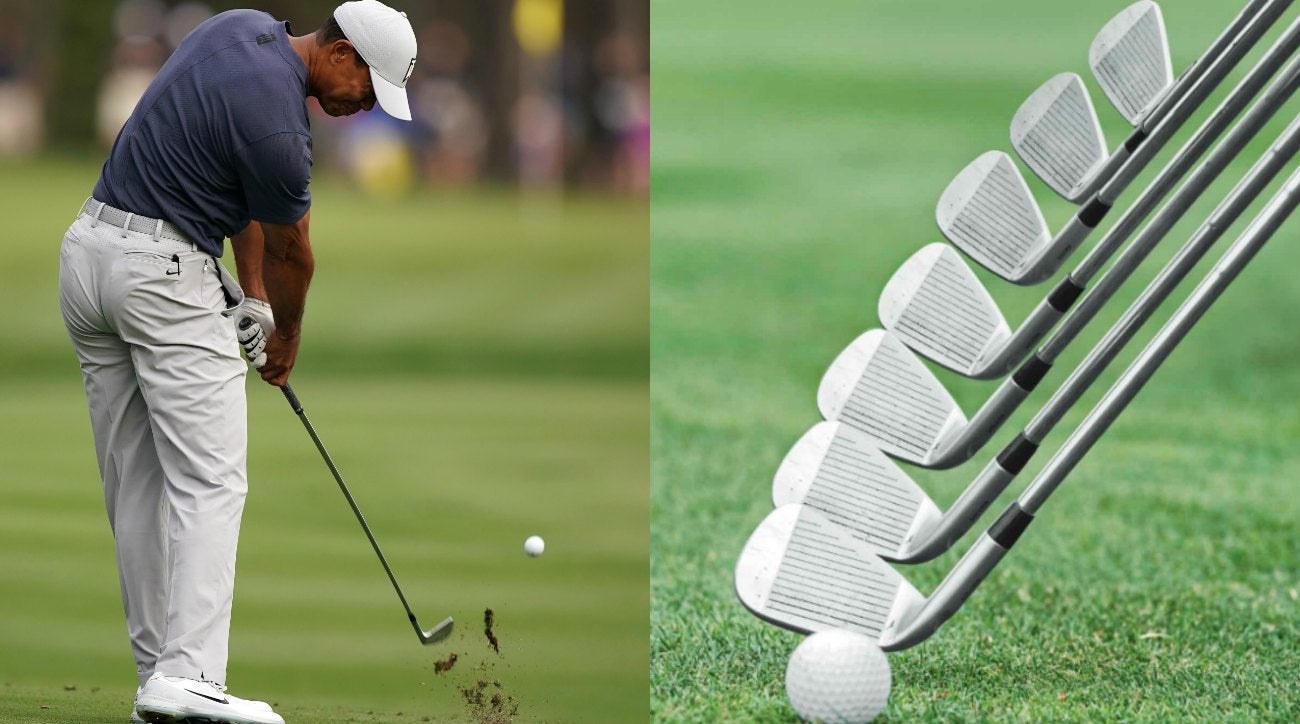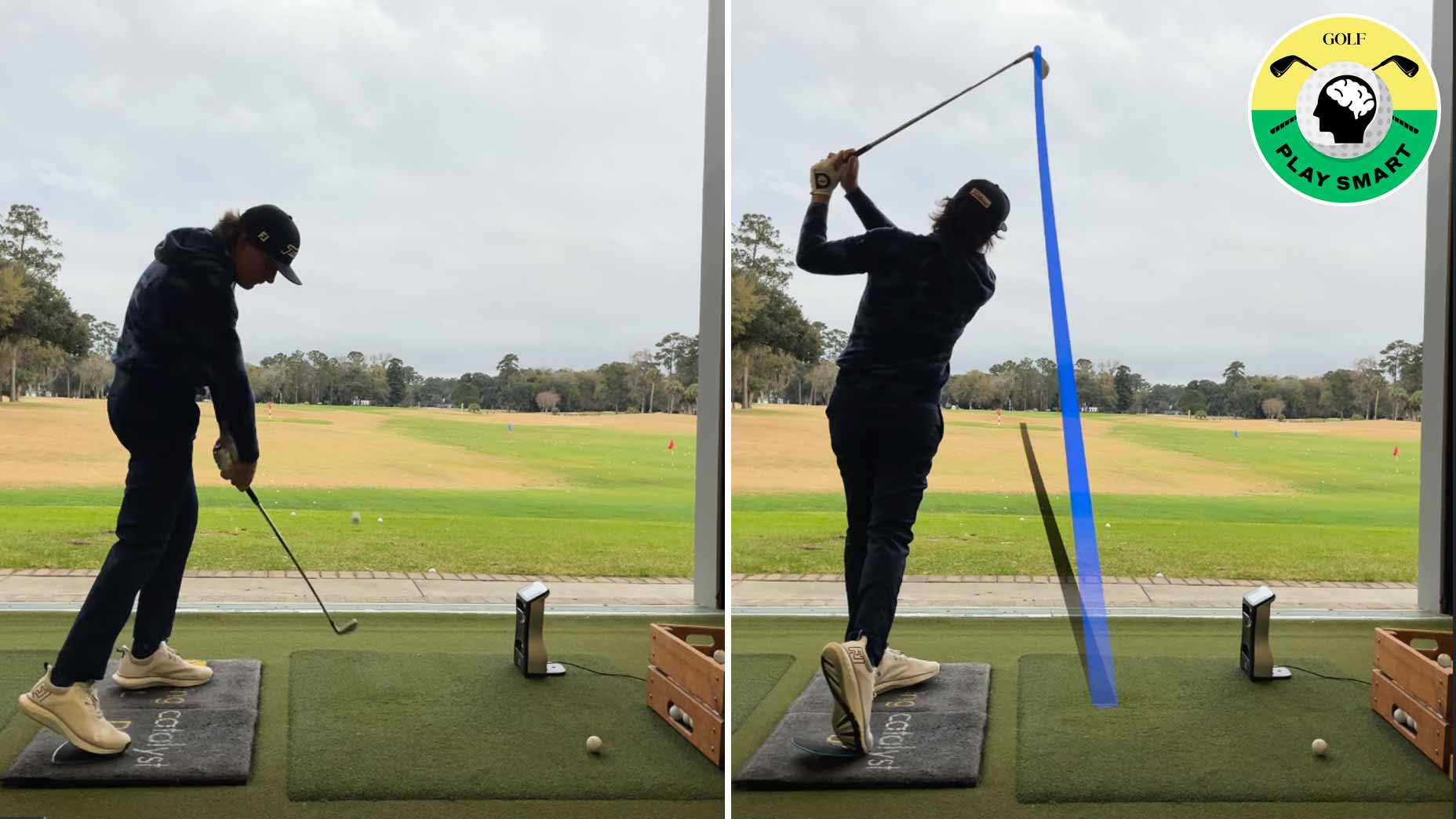 How to judge your lie in the rough, according to a short-game expert
How to judge your lie in the rough, according to a short-game expert
What is ‘rate of closure’ and can it help your golf swing?

Editor’s Note: Sasho Mackenzie is one of the foremost thinkers in the game of golf. A PhD and biomechanics professor at St. Francis Xavier University, his findings on the golf swing have informed many of the best teachers in the world. So, we asked him to explain for the rest of us a term you might have heard floating around: “Rate of Closure.” You can follow Sasho on Twitter @SashoMackenzie.

The direction the clubface is pointing at impact primarily determines the launch direction of the ball. At address in a full swing, golfers aim the face within a few degrees of the direction they want to launch the ball. As they start their swing, the golfer produces joint rotations that result in the face becoming increasingly misaligned with the intended launch direction. The face opens to the intended launch direction (the “target line,” as many golfers refer to it as), during the backswing. This misaligning is an unintended consequence of the golfer’s necessary effort to use their muscles in generating clubhead speed.
The vast majority of the necessary re-aligning happens after last-shaft parallel in the downswing.
With only .04 s to go until impact, golfers — including Tour players — have approximately 70° to 100° of face closing left to go in order to square the face by the time they get to impact. How fast the face is closing is aptly referred to as rate of closure (RoC).

RoC peaks near impact and a typical range for any group of golfers, regardless of level, would be between 1800 °/second and 3600 °/s. From a club movement perspective, there are three knobs that can be turned to change the rate of face closing.
How to change your Rate of Closure, #1: Swing Faster (or slower)
All else equal, swinging the club faster will result in a higher RoC — what I call the swing speed knob — but you don’t start swinging slower as a result! The amount of lost distance will have a stronger negative effect on your score than any potential gain in accuracy. In my own research, I remove the effect of speed and describe RoC in °/foot. This enables me to compare across golfers or within a golfer who has returned with a difference in clubhead speed.

ADVERTISEMENT
How to change your Rate of Closure, #2: Change the “incline plane” of your swing
The club is swung down and around the body on the forward swing, which presents the Inclined Plane knob. Turning this knob to zero would result in moving the clubhead in a vertical plane like a Ferris wheel (0° from vertical). At a driver speed of 90 mph, an Incline Plane knob turned up to 30° from vertical (a steep move through impact) contributes about 800 °/s to RoC. Cranking the knob up to a relatively flat 45° from vertical, increases the contribution to 1200 °/s. There may be reasons to change the pitch of your swing, but reducing RoC shouldn’t be one of them. Tour players tend to have relatively similar vertical swing planes with driver (40° to 45° from vertical) and most amateurs are too vertical already.

How to change your Rate of Closure, #3: Change the amount of “shaft twist”
Golfers have the most control over RoC with the highly sensitive Shaft Twist knob. Just before impact in full swings, the whole club is twisting about the long axis of the shaft in a manner that would be acting to close the face.
On the PGA Tour, shaft twisting speeds near impact range between 650 °/s to 2500 °/s. This is a direct result of how quickly golfers ‘roll’ the lead forearm (supinate) through impact and into the release. It is possible for golfers to dramatically change their RoC with the Shaft Twist knob. I’ve measured Jon Sinclair (former professional) hit a smooth 86 mph 6 iron with a high RoC of 25 °/ft, and immediately follow it up with an 88 mph 6 iron with a low RoC of 13 °/ft. Both shots carried over 180 yards with relatively straight trajectories.

Does Rate of Closure actually matter?
It would seem beneficial to be on the low end of the Rate of Closure spectrum. Wouldn’t it be tougher to ‘square-up’ a faster closing face? However, there is currently no evidence to suggest that players with lower RoC hit more fairways or hit their approaches closer to the hole. For example, in his PhD Thesis, Dr. Phil Cheetham found no relationship between shaft twist speed and driving accuracy in a group of 70 PGA Tour players. In the studies that have been conducted, it is possible that the influence of RoC was obscured by other golfer characteristics, such as hand-eye coordination and course management.
To receive GOLF’s all-new newsletters, subscribe for free here.
ADVERTISEMENT





